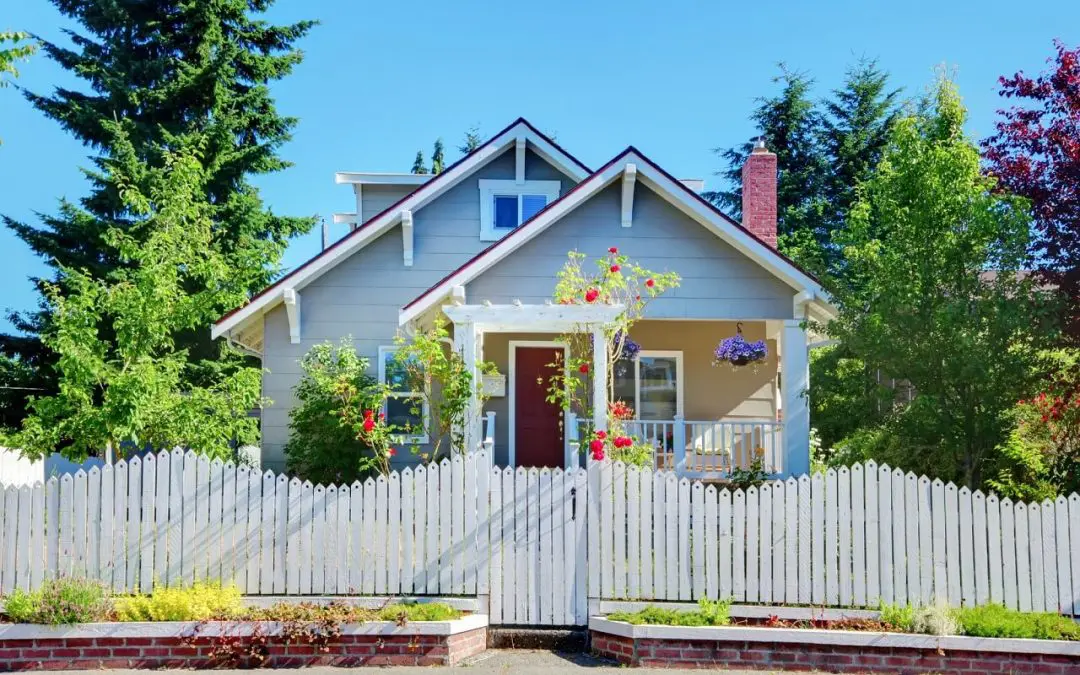Adding a new fence can make a big difference in how your property looks and feels. It can give you more privacy, boost security, mark property lines, or just add some style to your yard. But before you start digging post holes or shopping for panels, it’s smart to take some time planning for a new fence. A little bit of preparation can save time, money, and headaches.
Start Planning for a New Fence with Your Purpose
Every fence starts with a reason. Are you trying to keep pets in? Keep nosy neighbors out? Add curb appeal? Block noise from the street? Your purpose will shape everything from the type of fence you choose to how high it needs to be. A decorative picket fence might look great in the front yard, but won’t do much to keep a large dog from escaping. A tall privacy fence might work well in the back, but look out of place in front of your home. Be clear on what you want your fence to do and let that guide your choices.
Know the Rules Before You Build
This part often gets overlooked, but it’s one of the most important steps. Most towns and cities have rules about where and how you can build a fence. Some areas limit fence height, especially in front yards. Others require a certain distance between the fence and sidewalks or property lines. You might also need a permit before you can start.
If you’re part of a homeowners association, they might have their own rules too. That could mean limits on fence style, color, or materials. It’s better to find all this out before you order materials or schedule a contractor.
Mark the Property Lines While Planning for a New Fence
You don’t want to build a fence on your neighbor’s land by accident. If you’re not sure exactly where your property ends, take the time to find out. You can check your property survey or hire a professional to mark the lines. Some people try to “eyeball it,” but that can lead to legal trouble or costly fence relocation. Take this step seriously—it’s worth it.
Choose the Right Material
There’s no one-size-fits-all answer when it comes to fencing material. Each one has pros and cons, and the best choice depends on your needs, budget, and how much maintenance you’re willing to do.
Wood is popular because it looks natural and can be painted or stained any color. But it needs upkeep. Vinyl lasts longer with less maintenance but can be more expensive upfront. Metal fences—like aluminum, steel, or wrought iron—are strong and good for security but can rust over time. Chain link is affordable and practical, though it’s not the most stylish option. Composite and modern materials are also available if you want a long-lasting solution with a clean look.
Think about how each material fits with your home’s style, climate, and long-term plans for the property.
Think About Height and Style
The height of your fence affects privacy, safety, and curb appeal. A three-foot fence can define space without blocking views, while a six-foot fence can give you full privacy. Again, check your local codes to know what’s allowed.
Style matters too. Do you want something modern and clean, or more traditional and rustic? Horizontal slats, lattice tops, decorative posts—these design choices all add to the finished look. It’s worth taking some time to look at photos or drive around your neighborhood for inspiration.
Budget for the Whole Job
The cost of a new fence includes more than just the panels. You’ll need to budget for posts, hardware, gates, tools, permits, and labor if you’re not doing it yourself. Corners and slopes can also add to the price.
If you’re hiring a contractor, get multiple estimates. If you’re going the DIY route, make sure you understand what tools and materials are needed. Planning the budget ahead of time helps you avoid surprises once the job is underway.
Don’t Forget the Neighbors When Planning for a New Fence
It’s a good idea to talk to your neighbors before you build, especially if the fence runs along your shared property line. Let them know your plans and be open to feedback. Some neighbors may even be willing to share the cost if the fence benefits both properties.
Good fences make good neighbors—but communication helps too.
FAQs
Do I need a permit to build a fence?
Yes, in most places. The rules vary depending on where you live, so check with your city or county building department.
How close to the property line can I build a fence?
Local codes often require a setback of a few inches to a few feet. Always confirm with your local zoning office or building department.
Can I build a fence myself, or should I hire someone?
That depends on your comfort level with tools, your experience, and the size of the job. Many homeowners build fences themselves, but a professional can save time and ensure a level, sturdy result.
What’s the best type of fence for privacy?
A solid wood or vinyl fence, at least six feet tall, is usually the best option for privacy.
How long does a fence usually last?
That depends on the material. Wood can last 10–20 years with proper maintenance, while vinyl, aluminum, and composite fences can last 20–30 years or more.
Reveal360 Inspection Services provides home inspections in Northern Colorado. Contact us to request an appointment.

